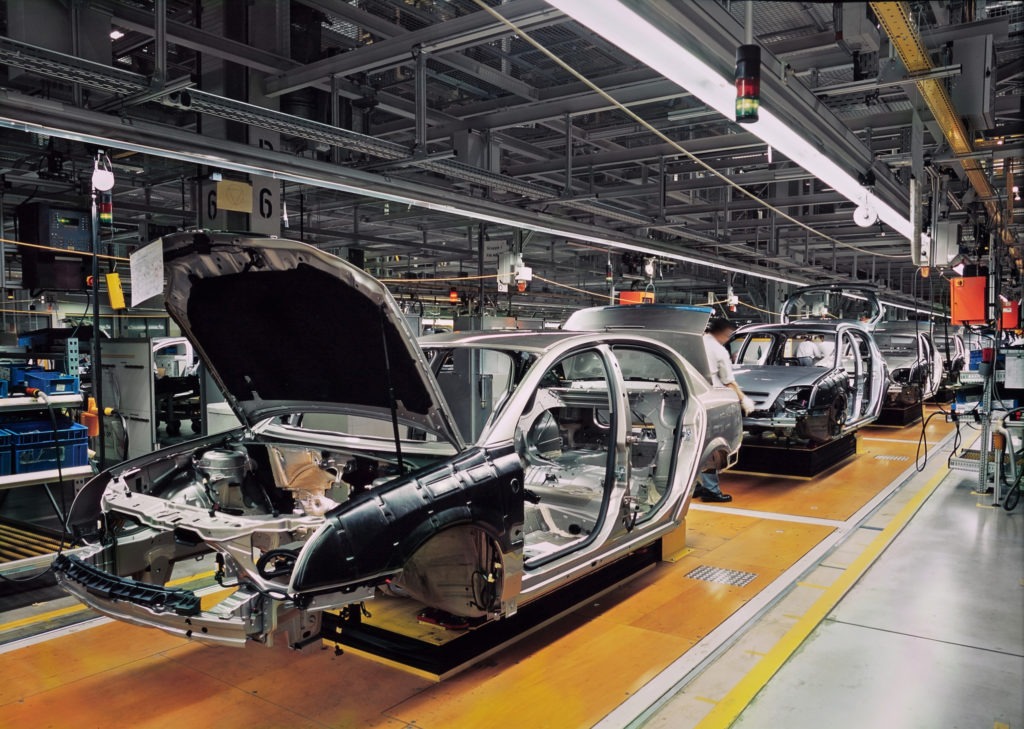Green NCAP helps driver sustainability aspirations with lifecycle assessments
25 April 2022

The automotive industry is becoming increasingly aware of the need to be sustainable. Many car buyers are also questioning the carbon footprint of the vehicles they buy. Good environmental credentials are now a considered option in the purchase of a vehicle, meaning a good lifecycle assessment can influence buying decisions.
In order to help consumers make informed vehicle sustainability choices, Green NCAP has announced the results of its first lifecycle assessment (LCA). The organisation, which assesses vehicles on their green capabilities, states that the results highlight all processes and flows of resources and energy associated with the car’s production, usage, and recycling. These processes come together to predict the car’s environmental impact over its entire lifetime.
Green NCAP’s LCA involves estimations based on the available data and methodology, developed by Joanneum Research and peer-reviewed by the Paul Scherrer Institute. The average, best and worst-measured fuel and energy consumptions from Green NCAP’s tests serve as input data for the LCA calculations, revealing the potential effect of driving style and ambient conditions on the lifecycle assessment results. Besides vehicle test data, the LCA methodology includes the forecast about changing electricity mix in various countries and the estimated evolution of the energy supply for the next two decades.
Automotive green credentials
Interest in vehicle sustainability has grown in recent years and Green NCAP aims to help drivers see which vehicles suit their environmental needs. The consortium is comprised of European governments, motoring clubs, consumer groups and universities while being hosted and supported by the European New Car Assessment Programme (Euro NCAP).
To demonstrate the value of LCA, the consortium has calculated the estimated total lifecycle greenhouse-gas output, from both production and car emissions, and primary energy demand for the 61 cars most recently tested in the programme between 2019 and 2021.
This batch includes vehicles of all sizes and types, including conventional petrol and diesel, battery-electric vehicles (BEVs) and plug-in hybrids (PHEVs). For the comparative analysis, a nominal vehicle lifetime of 16 years and a total driven mileage of 240,000km are assumed. The calculations are based on the average energy and material mix of the 27 European Union member states and the UK, cancelling out the effect that local energy supply has on the cars’ LCA values.
The details are available for information purposes only, without ranking of cars. The organisation soon plans to launch an interactive LCA platform, allowing consumers to examine results based on their own local parameters and car use.
Better driving efficiency
Overall, the results show that total estimated greenhouse-gas emissions and primary energy demand, and the respective contributions at different phases and times in the lifecycle, may vary significantly depending on the propulsion system, the energy carrier and other factors.
Car emissions are not just measured from the vehicle’s exhaust system, and the LCA takes this into account. For conventional vehicles, the burning of fossil fuels during the operational phase accounts for most of the lifecycle emissions and energy demand. This is different for BEVs, where the production phase accounts for a larger share of the total, while emissions in usage can vary depending on the portion of energy from non-renewable sources in the electricity used for charging. BEVs have zero local greenhouse-gas emissions and show overall the best LCA numbers in the European average.
Not every car of the same powertrain type is equal, however. Green NCAP’s LCA analysis shows that the impact of vehicle mass and size remains significant for all vehicle types. The same can be said about how cars are driven. Additionally, to optimise their driving style, the organisation recommends that consumers driving PHEVs can help reduce the impact on the climate by making sure their cars are always fully charged.



